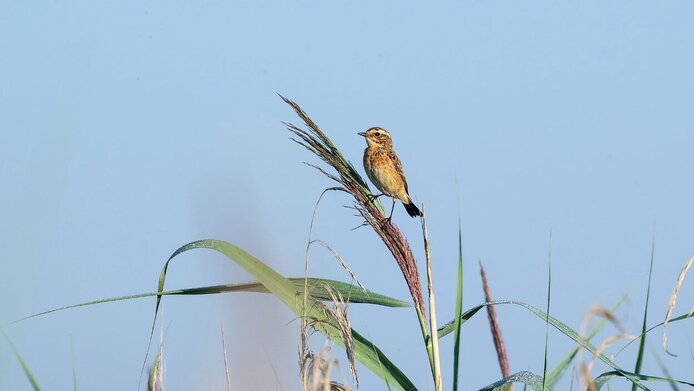A new model for the geographic ranges of species

To this day, experts are not completely certain about how biological species spread on our planet. Some species have spread to the limits of their ecological niche, which means they colonise all areas for which they are sufficiently genetically adapted. With some organisms, however, the spread comes to a standstill before these boundaries are reached, while others experience a fragmentation into smaller population groups. At the moment, there are only hypotheses to explain this phenomenon. As an additional difficulty, scientists from two disciplines having very different approaches, population ecology and evolutionary genetics, are investigating the issue. The biologist Jitka Polechová from the University of Vienna has now developed a theoretical model within the framework of a basic research project financed by the Austrian Science Fund FWF that combines approaches from both fields. She succeeded in showing that there are only two very general parameters which define where the boundaries of the range of species form and that this process is independent of the specific genetic basis underlying the adaptative traits. This not only has an impact on understanding how species spread around the world, but also provides important information for species conservation by helping researchers to better understand the threats that endangered species are exposed to and to take the right protective measures.
Simpler in two dimensions
“Coming up with appropriate parameters to describe how populations of species spread, is difficult”, explains Jitka Polechová. “In the attempt to find these parameters, one must represent the complex biological problem in a simplified model. Yet, some of these assumptions used in the earlier build-up of the theory lead to fundamentally different predictions.” According to Polechová, previous studies identified several different characteristics of the population as being particularly relevant: First, the extent of change in the conditions across the environment – i.e., how much does the fitness of an individual decrease as it settles further away from the environment it is adapted to. Secondly, the size of the population. For instance, if populations are greatly thinned out, overall genetic diversity decreases. Thirdly, the amount of adaptive genetic variation in the species, and its underlying genetic basis. “Previous models were limited to one spatial dimension, which corresponds to the spread of a species along a valley. Most research groups have been reluctant to extend the models to the more realistic situation of a plain, because they assumed that the situation would become just needlessly more complicated, whilst necessarily more computationally expensive. As Polechová was able to show, that is not the case. She found that including the second spatial dimension fundamentally changes the outcome whilst making a simpler prediction. Specifically, the concrete genetic information about the species involved is not required to describe the process. “This disconnect is surprising. To understand where a species’ range margin forms, the complex genetic details of the species can simply be ignored,” explains the researcher – a circumstance that greatly facilitates future experiments.
Fragmentation of populations
Polechová's work supplies new insights about the fragmentation of populations of species which entails being split up into smaller groups. The researcher found out that a “phase transition”, comparable to the melting of ice, may occur under certain conditions. She notes that a species’ range fragmentation may happen suddenly: “While a population may look fine at first glance, it might really be on the verge of fragmentation,” she explains. “Until now, we did not know which parameters to measure to judge the risk.”
Protecting the diversity of species
This makes her work particularly relevant for understanding various environmental problems. “On the one hand, there is the conservation of species. Previous theory suggested that increasing dispersal and, hence, a mixing of the genes of neighbouring populations is detrimental because it prevents local adaptation. Although the average adaptation indeed decreases with dispersal, the effect is outweighed by an increased preservation of the overall genetic diversity of the species. In small populations, the beneficial effect of dispersal prevails. Decreasing dispersal can lead to a sudden fragmentation of the population, which makes it much more vulnerable.” Furthermore, her research provides new knowledge about invasive species. “Some species spread rapidly, unhindered by local adaptation, whereas other invasive species adapt very quickly. Understanding these mechanisms is extremely important if you want to prevent such species from spreading.”
No experiments yet
According to the biologist, there is still no experimental confirmation for the new theoretical findings: “Up to now, these two parameters have not been measured together.” This said, she notes that there are studies of dragonflies native to Japan that are consistent with her findings. According to Polechová, it is important to promote exchanges between the two separate fields of research engaged in investigating the topic. In a follow-up project, she is now working on exploring the fragmentation of populations in greater detail.
Personal details Jitka Polechová is a biologist and zoologist at the University of Vienna. She is interested in theoretical models that describe the evolution of living beings, in particular the development of habitats of species.
Publications





